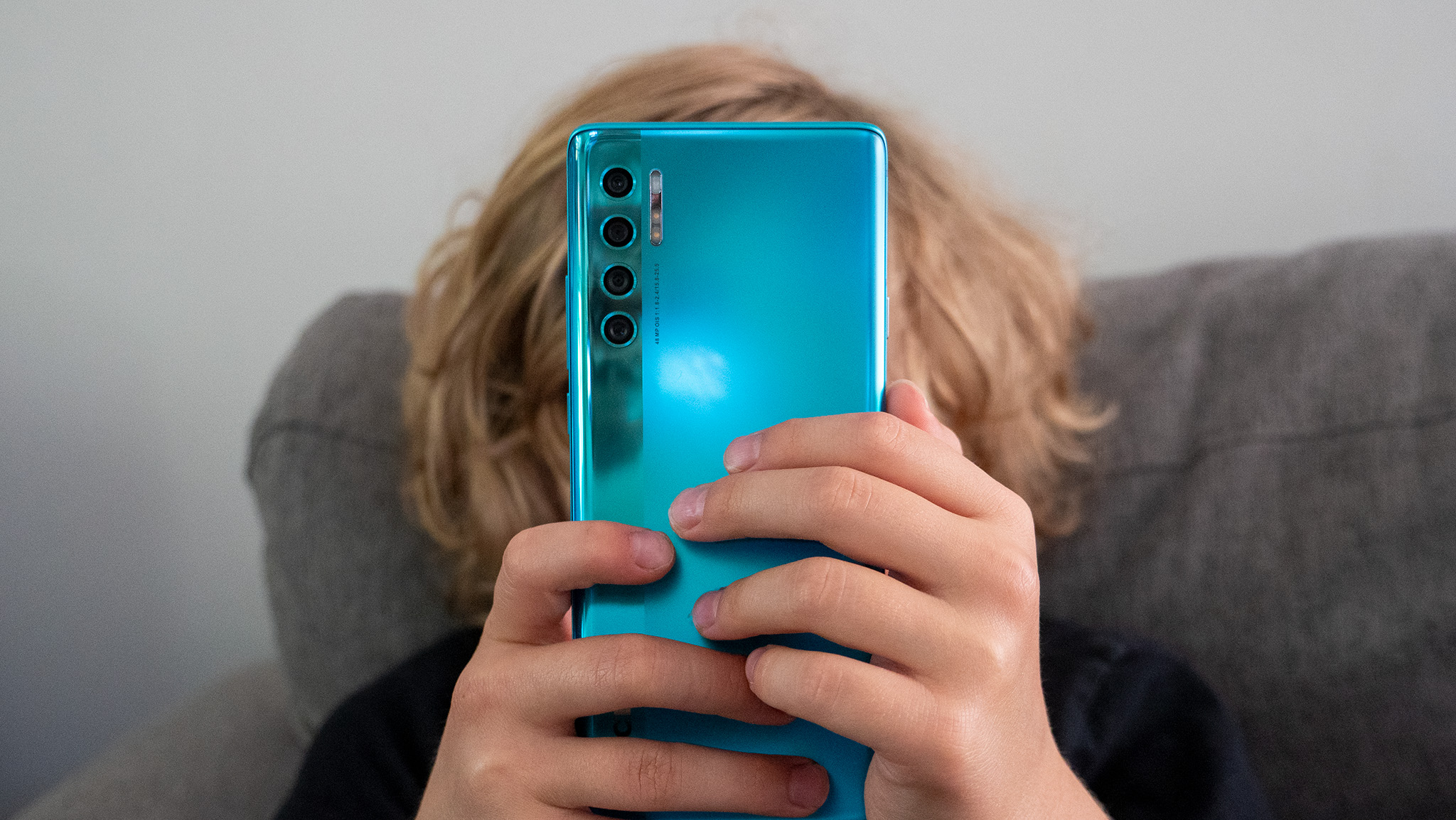Android Central Verdict
Vivo did it once again — the X200 Ultra delivers the best cameras of any phone you can buy today. There's a new 50MP main camera at the back that takes better photos than last year's X100 Ultra, and Vivo used the same sensor in the wide-angle lens, giving it a distinct edge. The 200MP telephoto lens is outstanding, and to round out the cameras, the X200 Ultra takes detailed portrait shots. It isn't just about the cameras either — the rest of the package is just as good. You get a design that's better to hold and use, one of the brightest AMOLED panels, silicon-carbon battery that lasts a day and a half, and all the extras. The only point of contention is that the phone isn't making its way outside China; even then, the X200 Ultra is the best phone I used this year, and I don't see that changing.
Pros
- +
The best cameras of any phone available today
- +
200MP telephoto lens is outstanding
- +
Takes standout videos
- +
Design is easier to hold and use
- +
Excellent AMOLED panel
- +
Better battery life than last year
- +
IP68 and IP69 ingress protection
Cons
- -
Not available outside China
- -
Play Store not installed out of the box
- -
Notification issues
Why you can trust Android Central
In the last 18 months, I used Vivo's phones more than any other brand. The Chinese manufacturer rolled out one hit after another; the X100 Pro was fabulous, and then the X100 Ultra came along, beating every other phone at taking photos and videos. Vivo built on that momentum with the X200 Pro, which is easily one of my favorite devices of 2025.
And now there's the X200 Ultra, which has a new design and even better cameras than its predecessor. Annoyingly, the phone isn't launching outside China; Vivo continues to limit its best phones to its home market, and it's having a hard enough time ensuring the device is in stock in the country.
So if you want your hands on the X200 Ultra, you'll need to go the reseller route. While I don't usually advocate it, the X200 Ultra is an outlier — it is no less than the best phone I used in 2025, and it easily outscores every other rivals in meaningful areas. I wasn't sure how Vivo could improve upon the X100 Ultra, but the X200 Ultra proves that it is possible.
Vivo X200 Ultra: Pricing and availability

Vivo unveiled the X200 Ultra on April 21, and the phone is now available in China. The base model has 12GB of RAM and 256GB of storage, and it costs 6,499 RMB ($902) in the country. The 16GB/512GB model costs 6,999 RMB ($971), and there's a 16GB/1TB model that's 7,999 RMB ($1,112).
The device continues to be sold out in most variants, and as of writing, only the 16GB/512GB edition is available. Just like Xiaomi, Vivo is rolling out a custom edition that includes a Photography Kit, and this has the 16GB/1TB variant of the phone along with a dedicated hardware lens, case, camera attachment, and other extras. This is the variant I'm using, and it costs 9,699 RMB ($1,346) in China.
Obviously, that's quite a lot of cash, but you are also getting the most extensive accessory package sold with any device today.
Category | Vivo X200 Ultra |
|---|---|
Display | 6.82-inch LTPO3 AMOLED, 120Hz, 3168x1440, Dolby Vision, 4500 nits max, Armor Glass |
OS | OriginOS 5 based on Android 15 |
Chipset | Qualcomm Snapdragon 8 Elite, Adreno 830, 3nm |
RAM | 12GB/16GB LPDDR5X |
Storage | 256GB/512GB/1TB UFS 4.1 |
Rear camera 1 | 50MP 1/1.28-inch Sony Lytia LYT-818, 35mm, 4K120 video, gimbal OIS |
Rear camera 2 | 50MP 1/1.28-inch Sony Lytia LYT-818, 14mm wide-angle lens |
Rear camera 3 | 200MP Samsung HP9 telephoto, 85mm, 3.7x optical zoom, OIS |
Front camera | 50MP f/2.5 with autofocus, 4K60 video |
Ingress protection | IP68 and IP69 dust and water resistance |
Connectivity | Wi-Fi 7, Bluetooth 5.4 global 5G bands, NFC, dual-band GPS, satellite connectivity (1TB model) |
Security | Ultrasonic in-screen sensor |
Audio | USB-C, stereo sound, 24-bit/192kHz, AptX HD, AptX Adaptive, AptX Lossless |
Battery | 6,000mAh silicon battery, 90W charging, 40W wireless charging |
Dimensions | 163.1 x 76.8 x 8.7mm, 229g |
Colors | White, Red, Black |
Vivo X200 Ultra: Design
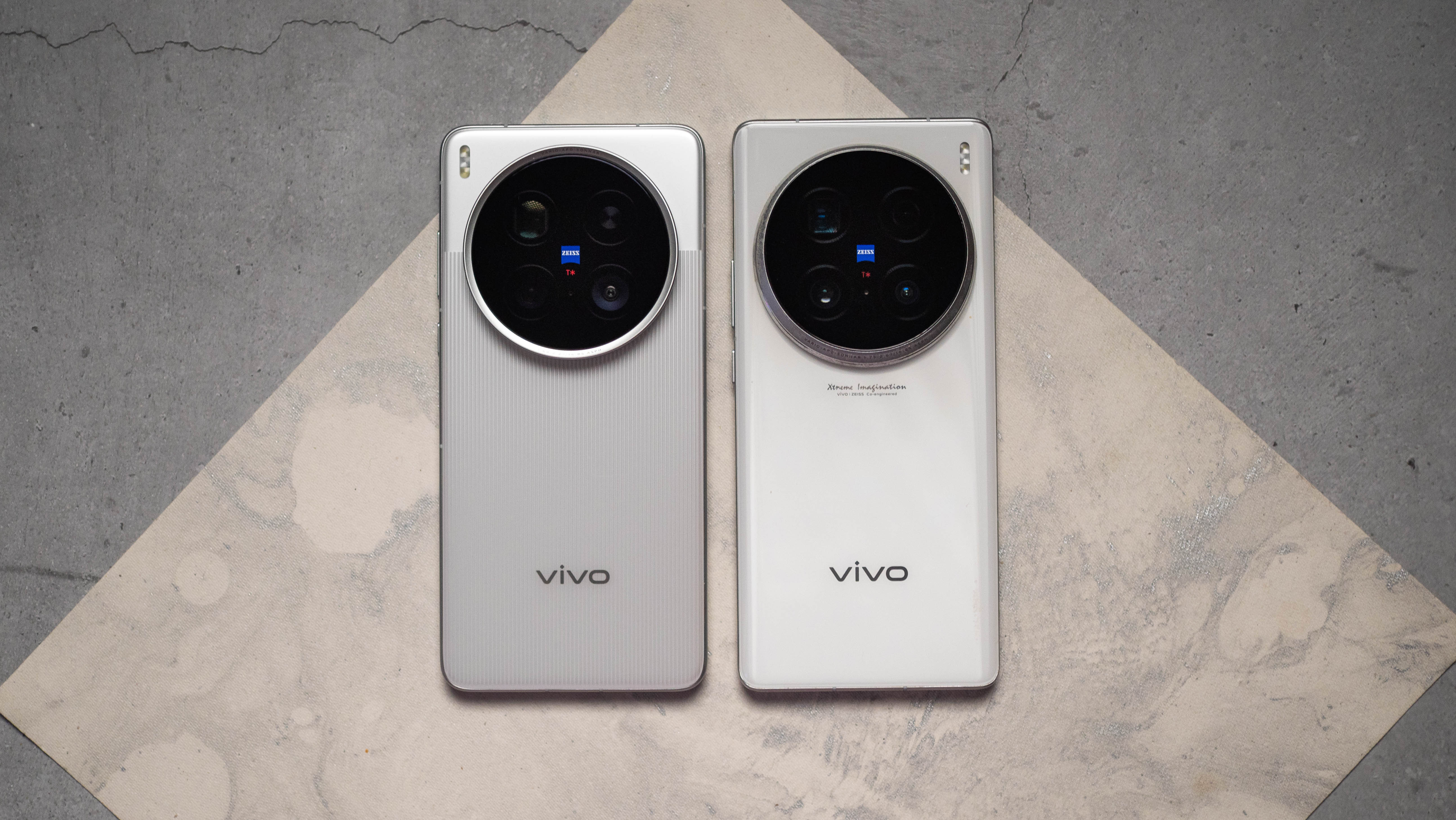
Brands don't really change their designs all that much these days, and that's true of the X200 Ultra as well. The phone is a massive slab, and coming in at 229g — the same as last year — it is one of the heaviest around. To be fair, all of the Ultra models this year are on the heavier side as they switched to 6,000mAh batteries (outside of the S25 Ultra, obviously), and to its credit, Vivo did a good job with the weight balance.
Get the latest news from Android Central, your trusted companion in the world of Android

The back of the X200 Ultra is dominated by a gargantuan camera island; the phone houses four camera modules at the back, and given the size of each unit and the resolution you're getting, it's no wonder that the housing takes over a third of the back. Thankfully, there's no wobble when using the phone on a table.

The housing is cleaner this time as it just has a steel ring encircling it, and it adds a little bit of elegance to the design. In a similar way, the white model I'm using has a fluted pattern underneath the glass that breaks up the design quite well. The design extends to the halfway point of the camera island, so you get a nice dual-tone effect.
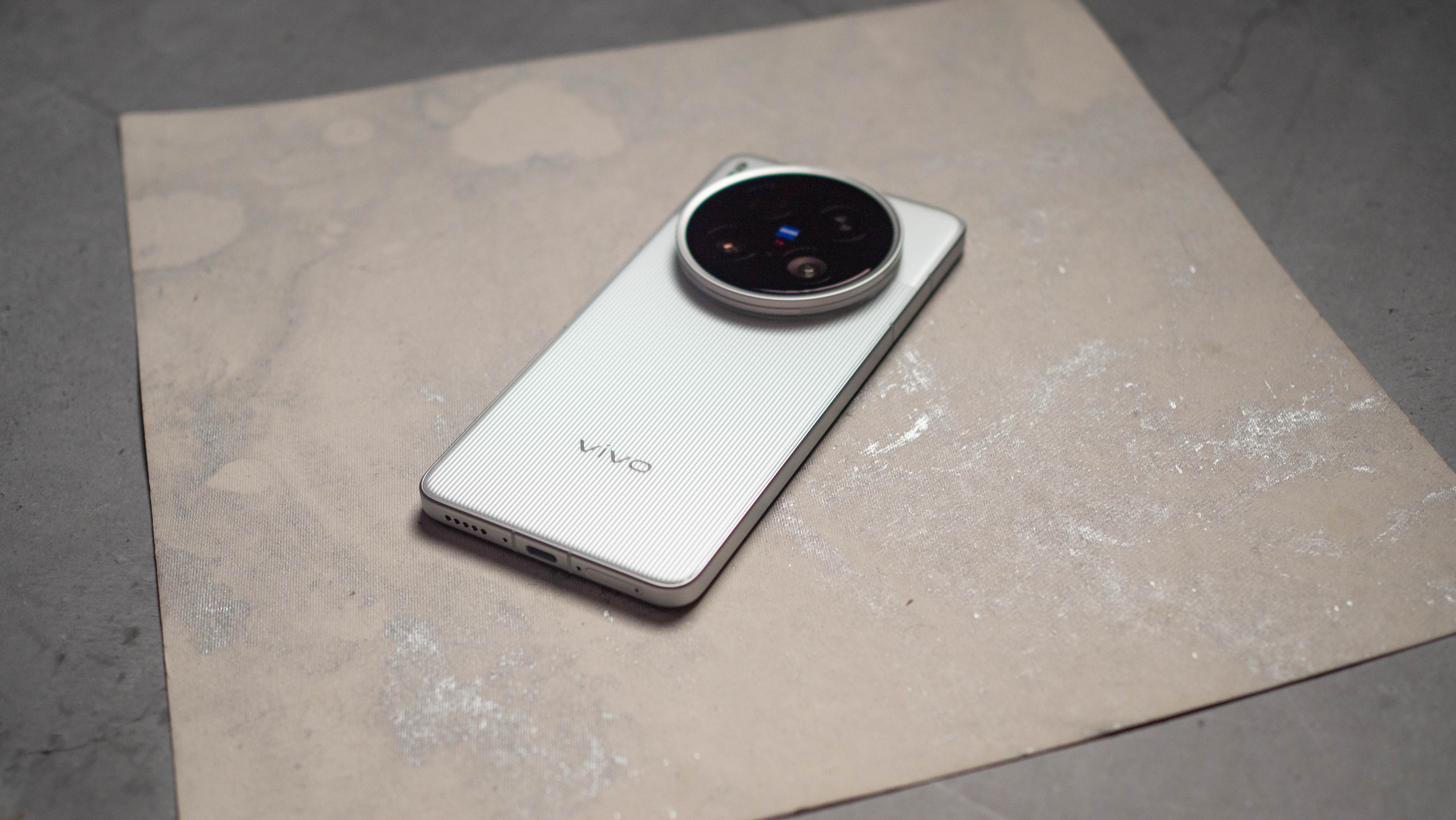
Basically, the X200 Ultra ends up looking that much more distinctive, and that is particularly true if you're thinking of getting the red model. The other key design change is the switch to flat sides; the X100 Ultra had a flowing design, but Vivo is emulating prevailing trends in phone design and switched to a flat profile.
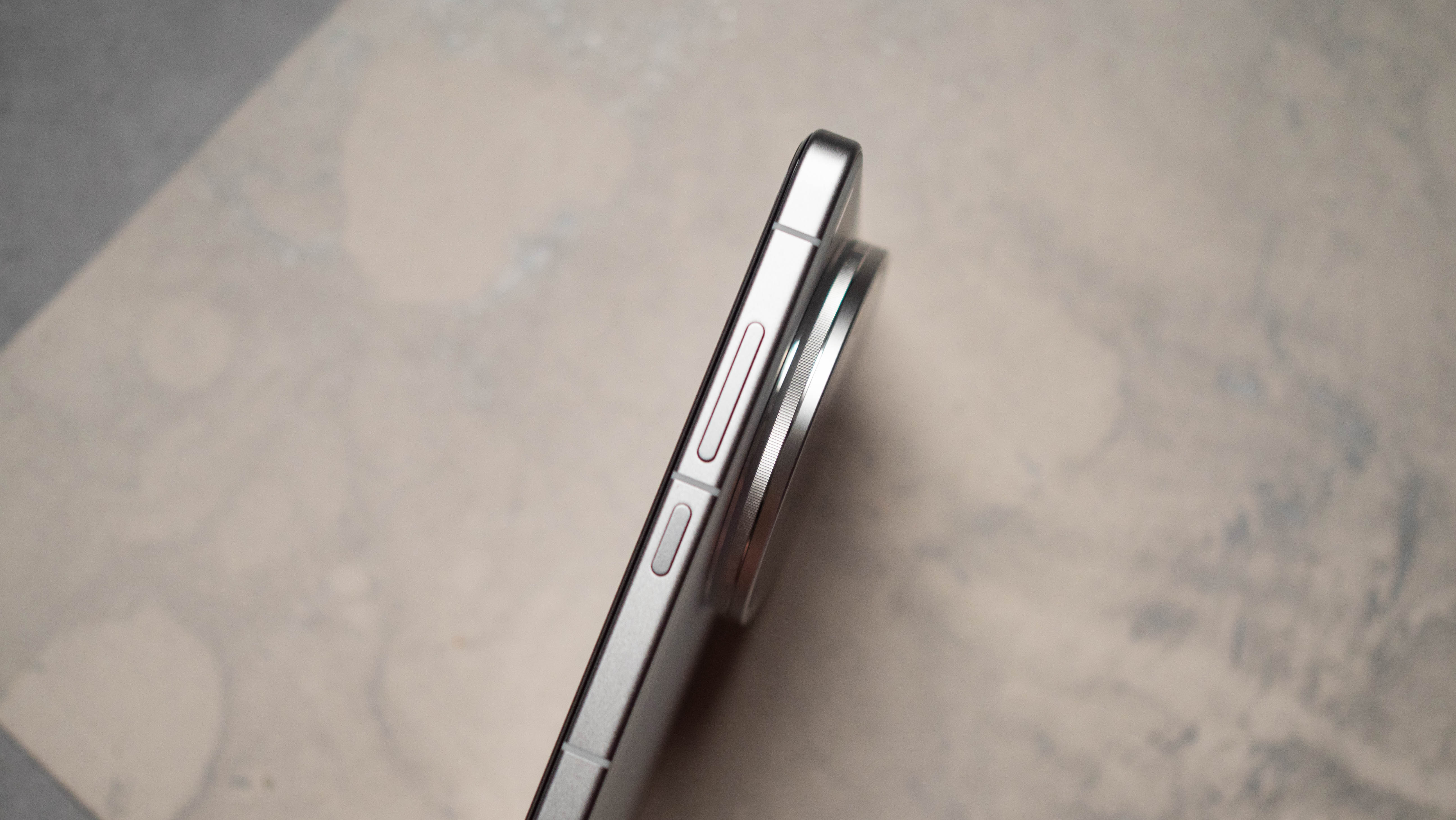
That said, you get considerable bevels on the sides, so it isn't uncomfortable in the least to hold and use the device. And even though the X200 Ultra is heavy and has an oversized camera island, the weight distribution is ideal, and it doesn't feel unwieldy at all. Interestingly, you get a camera control button on the right that's similar to that of the iPhone 16 Pro Max and Find X8 Ultra, and like those two devices, I didn't use it much after the initial novelty wore thin.
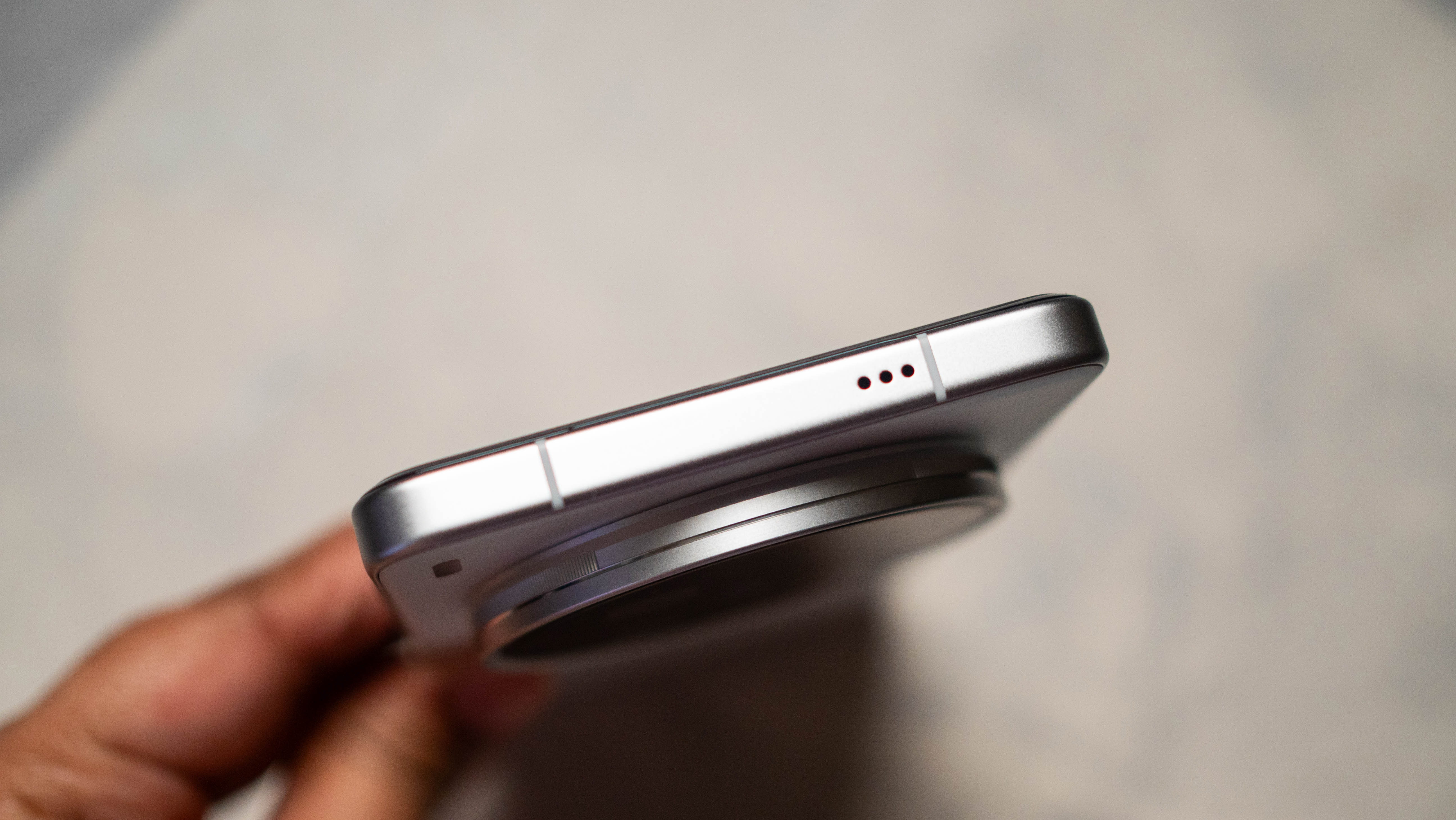
While it doesn't look like it when you look at the images, the X200 Ultra is thinner than its predecessor, and it is a little shorter and wider. All of these make using the phone easier than the X100 Ultra, and Vivo includes a decent silicone case in the package, a nice addition.
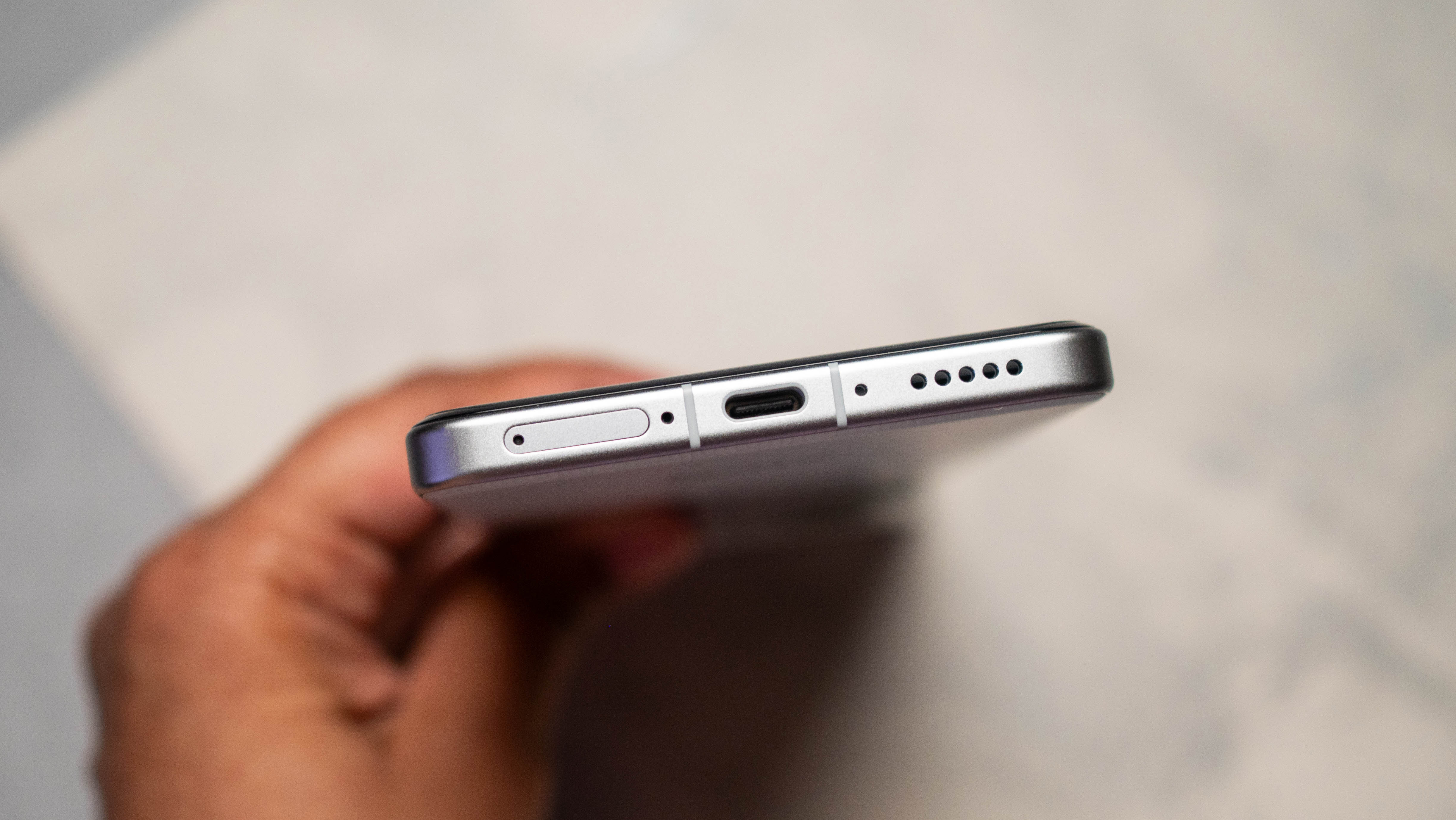
The build quality is fantastic (as you'd imagine), and the aluminum mid-frame withstands tumbles without any issues. On that note, the device retains IP68 and IP69 ingress protection, making it withstand immersion in water as well as pressurized jets.
Vivo X200 Ultra: Display

Vivo managed to slot in a slightly bigger 6.82-inch AMOLED panel into a device that's shorter than last year's X100 Ultra, and it retains 120Hz refresh as well as Dolby Vision. The phone has razor-thin bezels and a flat panel this time, so if you're not a fan of the dual-curved designs that have been a mainstay over the last six years, you'll be glad to know that it isn't an issue on most 2025 phones.
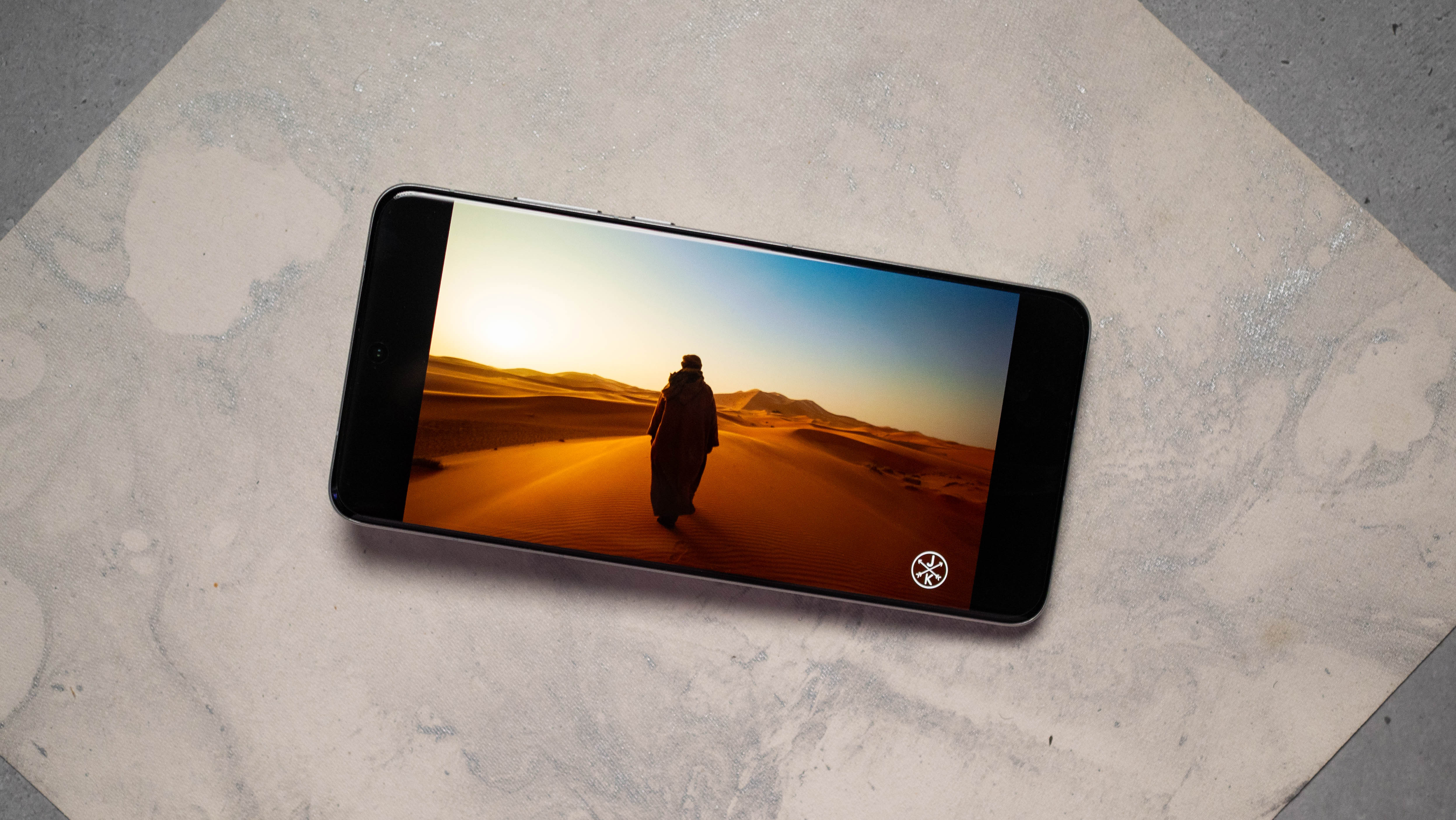
While it doesn't get as bright as the Pixel 9 Pro XL — Google's phone continues to lead the way — the panel on the X200 Ultra gets just as bright as the X200 Pro, and it outshines just about every other Chinese brand. The phone does a great job with HDR in general, but not all streaming providers serve HDR content. That said, I didn't see any issues in YouTube.
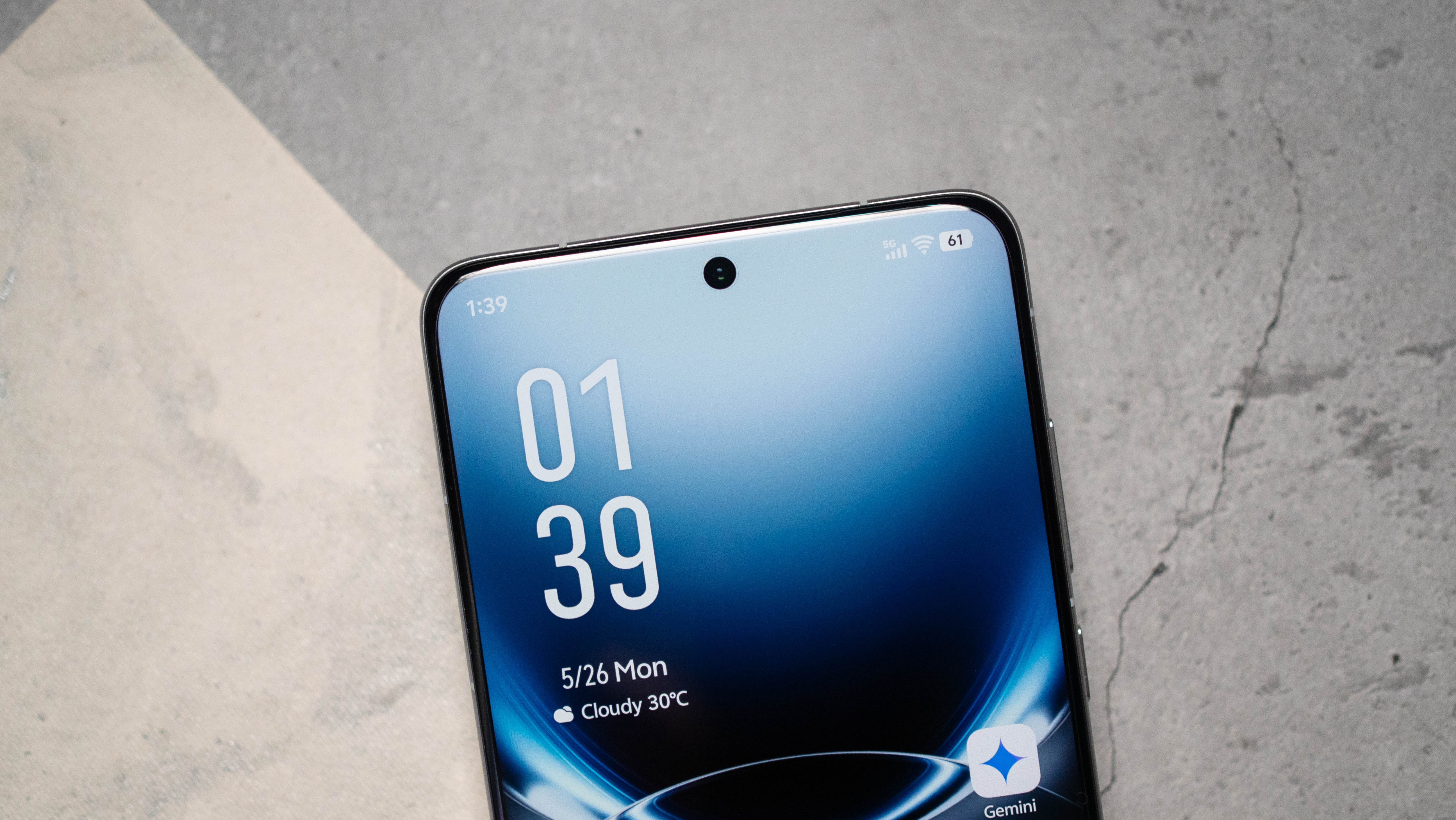
The phone is a delight to use thanks to the factory color calibration, and it has extensive customizability when it comes to adjusting the colors. You get good eye protection features as well, and there's 2,160Hz PWM dimming at all brightness levels — a nice addition.

Vivo tends to not be as aggressive with throttling games on its Chinese devices, and this allows the X200 Ultra to shine in demanding titles. Basically, this is one of the best AMOLED panels you'll get on any phone today, and it is fabulous at mundane tasks as well as gaming and multimedia. The phone gets decent stereo sound as well, and you can reliably use the onboard audio if you're just gaming casually.
Vivo X200 Ultra: Hardware

While Vivo went with MediaTek on the standard X200 series, it switched to the Snapdragon 8 Elite for the X200 Ultra, and that's a good choice. The phone is among the fastest available today, and I didn't see any issues with lag or slowdowns in regular use as well as extended gaming sessions.
Like all Qualcomm-based phones in 2025, the device tends to get hotter than last year's phones; I saw it go up to 50 degrees after an extended gaming test lasting 30 minutes. There isn't much in the way of throttling, so you will get stable framerates, and outside of gaming, the phone doesn't heat up to any noticeable degree.
Category | Vivo X200 Ultra | Xiaomi 15 Ultra | Vivo X200 Pro |
|---|---|---|---|
Geekbench 6 (single-core) | 2954 | 2963 | 2381 |
Geekbench 6 (multi-core) | 8989 | 9198 | 7175 |
3DMark Wild Life Extreme (score) | 6493 | 5834 | 6070 |
3DMark Wild Life Extreme (FPS) | 38.88 | 34.93 | 36.35 |
3DMark Solar Bay (score) | 11645 | 10006 | 11021 |
3DMark Solar Bay (FPS) | 44.28 | 38.05 | 41.91 |
Geekbench AI (Quantized Score) | 4797 | 3587 | 2436 |
Vivo included just about all the extras possible; the phone gets AptX Adaptive and AptX Lossless in addition to the LHDC 5 codec, and there's Wi-Fi 7, Bluetooth 5.4 — no Bluetooth 6.0 like the Xiaomi 15 Ultra — and dual-band GPS alongside NFC, USB-C 3.2 standard with DisplayPort, and satellite connectivity.
While I got the 16GB/1TB Chinese model that has satellite connectivity — similar to Emergency SOS on iPhones — I wasn't able to test it as it is usable only within China.
Other niceties include an ultrasonic fingerprint sensor that's fast to authenticate; it is much better than the module you get on Samsung phones, and I didn't see any issues whatsoever in this area. The vibration motor is also great, delivering granular feedback that makes a difference while using the keyboard or navigating the interface.
Vivo X200 Ultra: Battery life
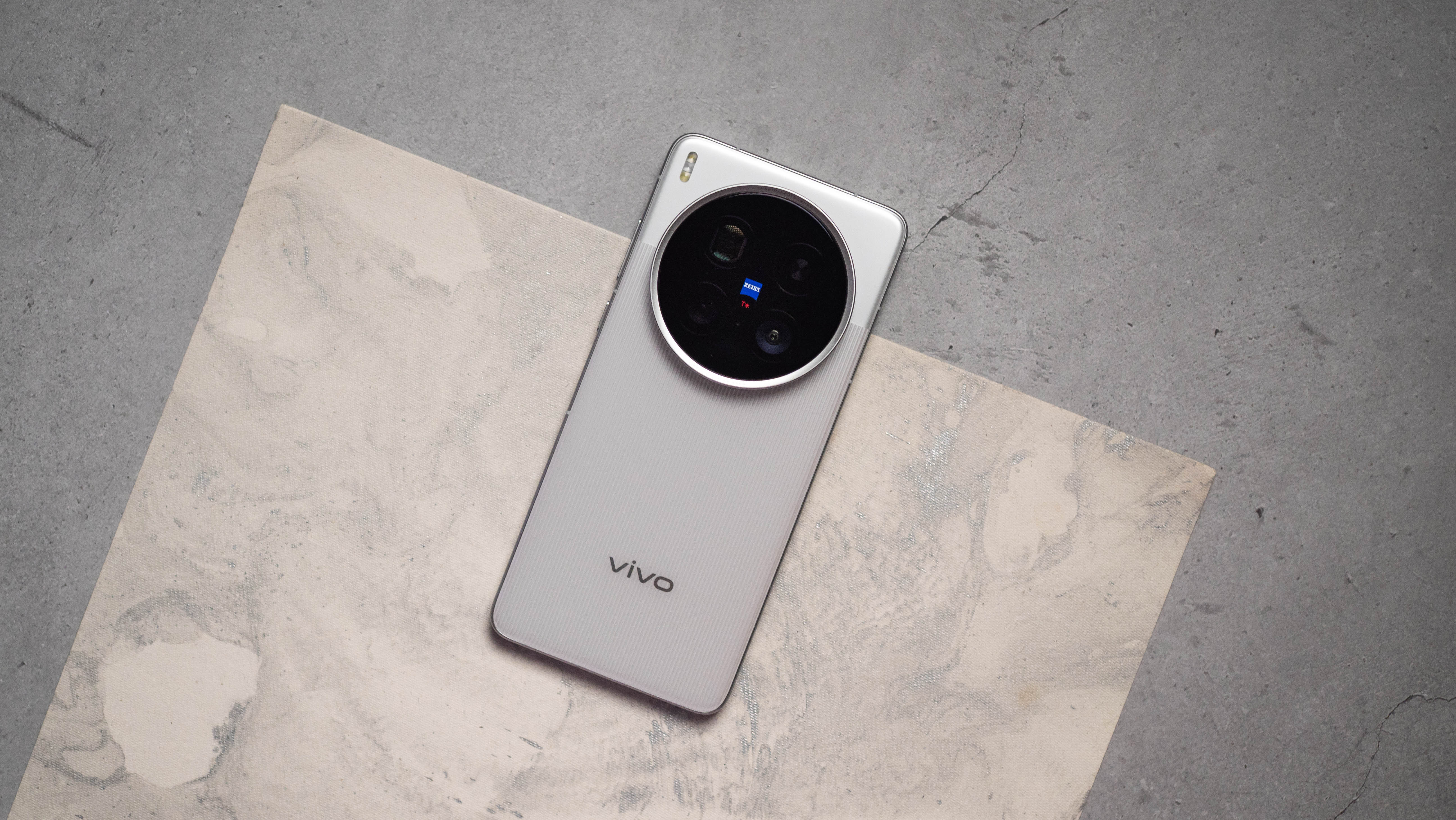
Like other Chinese phones in 2025, the X200 Ultra gets a considerable battery boost thanks to silicon-carbon tech. The phone gets a 6,000mAh battery, and it easily lasts over a day even with heavy use. In the two weeks I used the device, there wasn't single instance where the phone failed to last all day. Most of the time, I got a day and a half between charges, and battery anxiety just isn't a problem these days — unless you're using a Samsung phone.
When it comes to charging, you get 90W as standard, and Vivo continues to bundle a charger in the box. You can also charge the phone at 50W over the USB PD standard, and that's just convenient. It takes just over 52 minutes to charge the battery with the bundled charger, so there is no reason to charge the phone overnight.
Vivo X200 Ultra: Cameras

Vivo isn't using a 1-inch sensor on the X200 Ultra, but the new 50MP 1/1.28-inch Sony Lytia LYT-818 module is fantastic in its own right. What's interesting is that there's a second Lytia LYT-818 sensor that handles wide-angle duties, and you get a 200MP Samsung ISOCELL HP9 tele lens with 3.7x optical zoom. Vivo isn't using a fourth sensor like the Find X8 Ultra, and honestly, the 200MP module is easily the best of any telephoto options available today.
The X200 Ultra has just about everything you can imagine; it does 4K120 video with the main lenses, and 4K60 as standard with all rear cameras as well as the front 50MP module, and it includes Dolby Vision at 4K60 as well. Video stabilization is decent out of the box, and there's an ultra stabilization mode that basically gives you clean footage while shooting handheld on the move.
You get a good range of shooting modes, and there's portrait video this time, giving you the ability to shoot video with a consistent background blur. The camera viewfinder has all the modes easily accessible, and you get Zeiss effects that alter the look of photos. I used the Vivid profile most of the time as it provides a vibrancy to the photos with high contrast, but there are a half-dozen effects available.





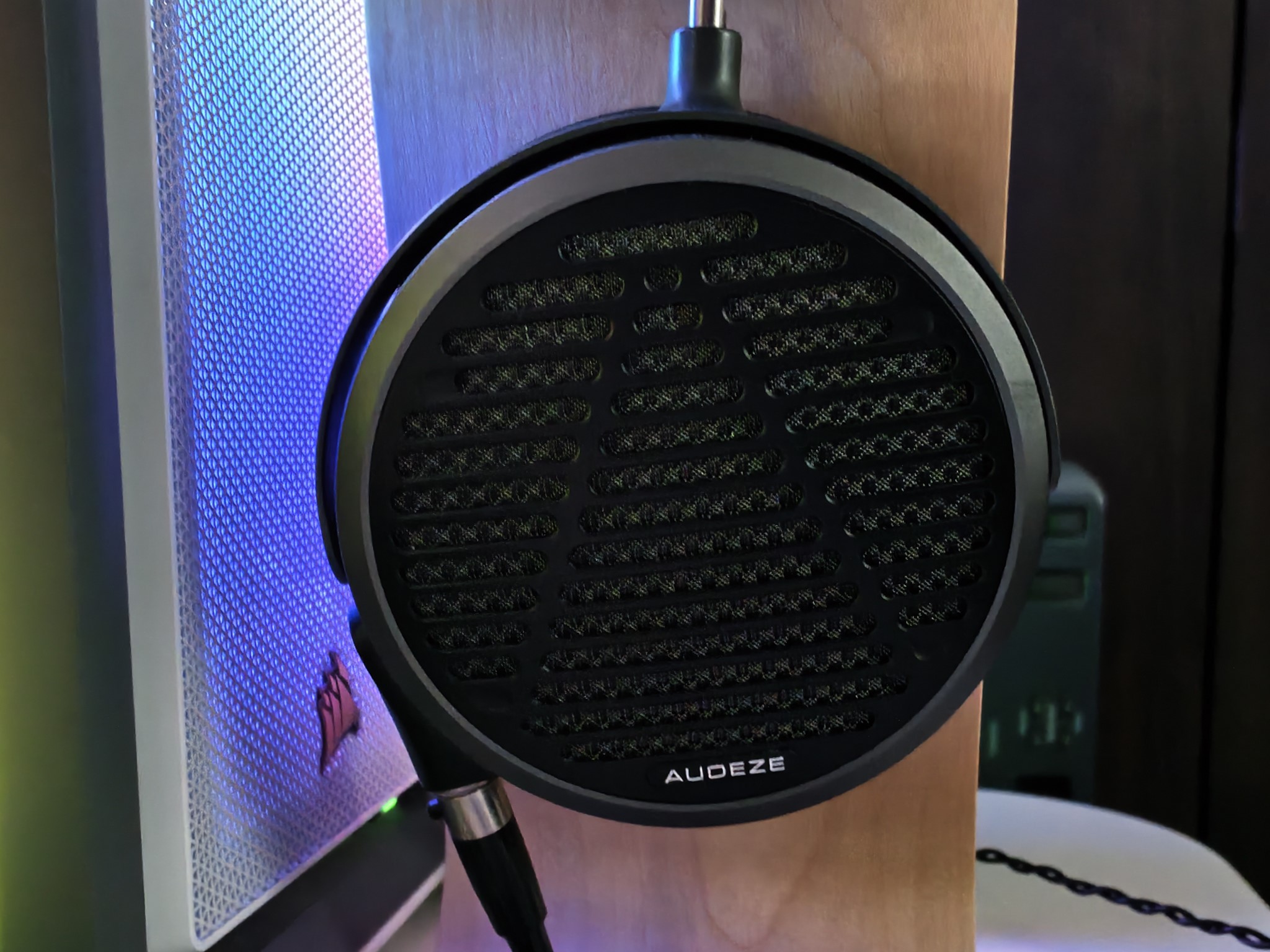
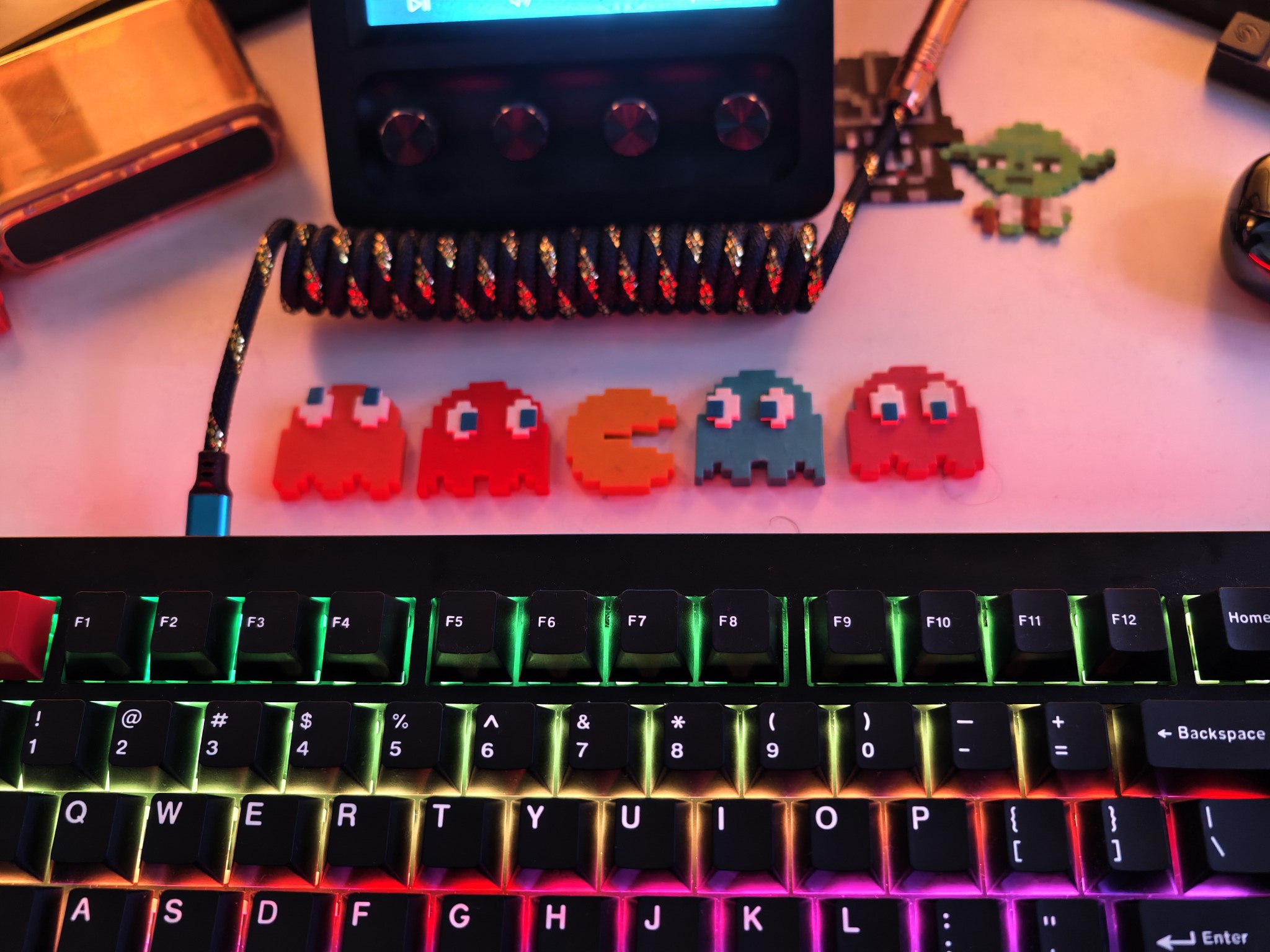
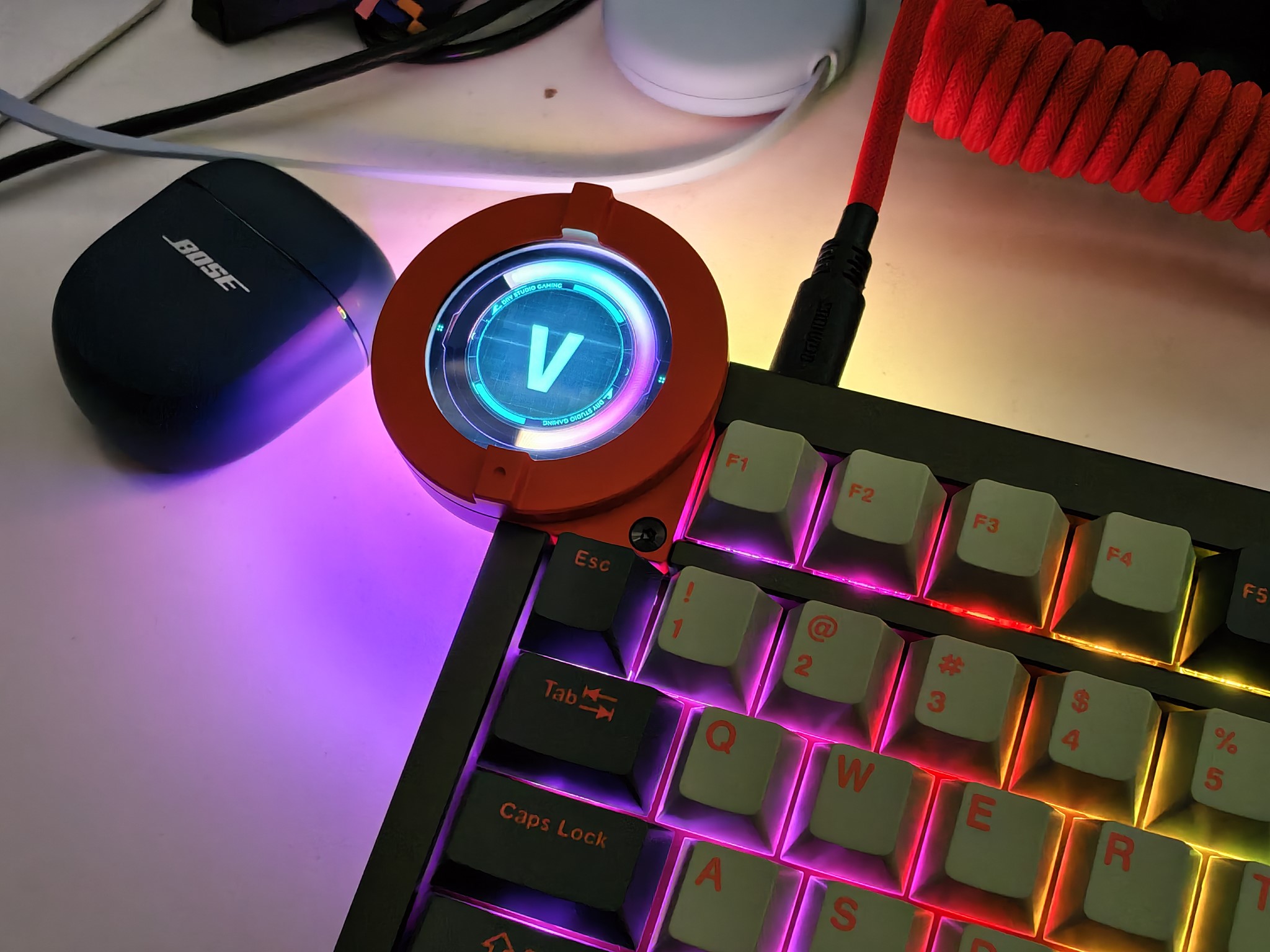


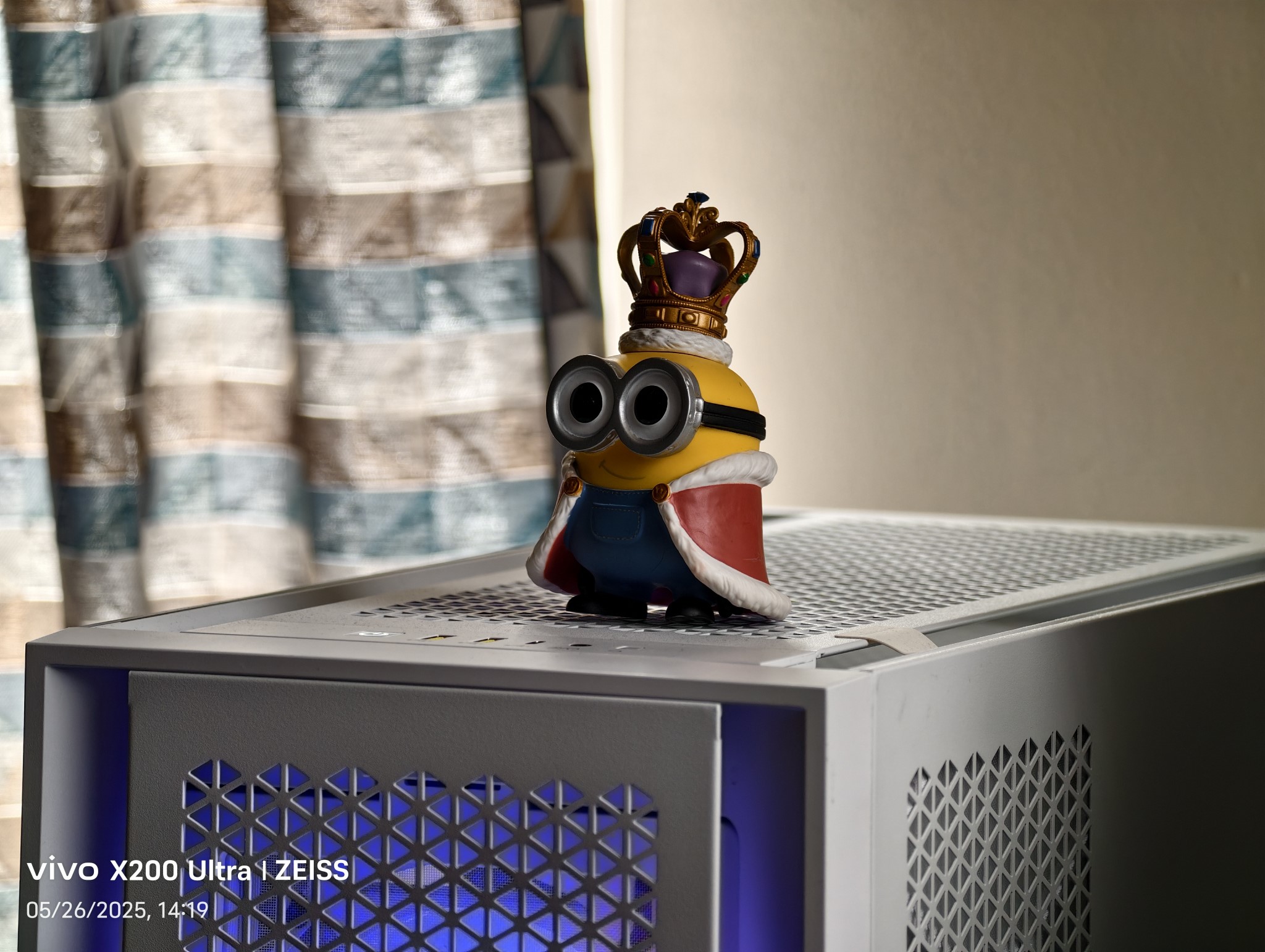
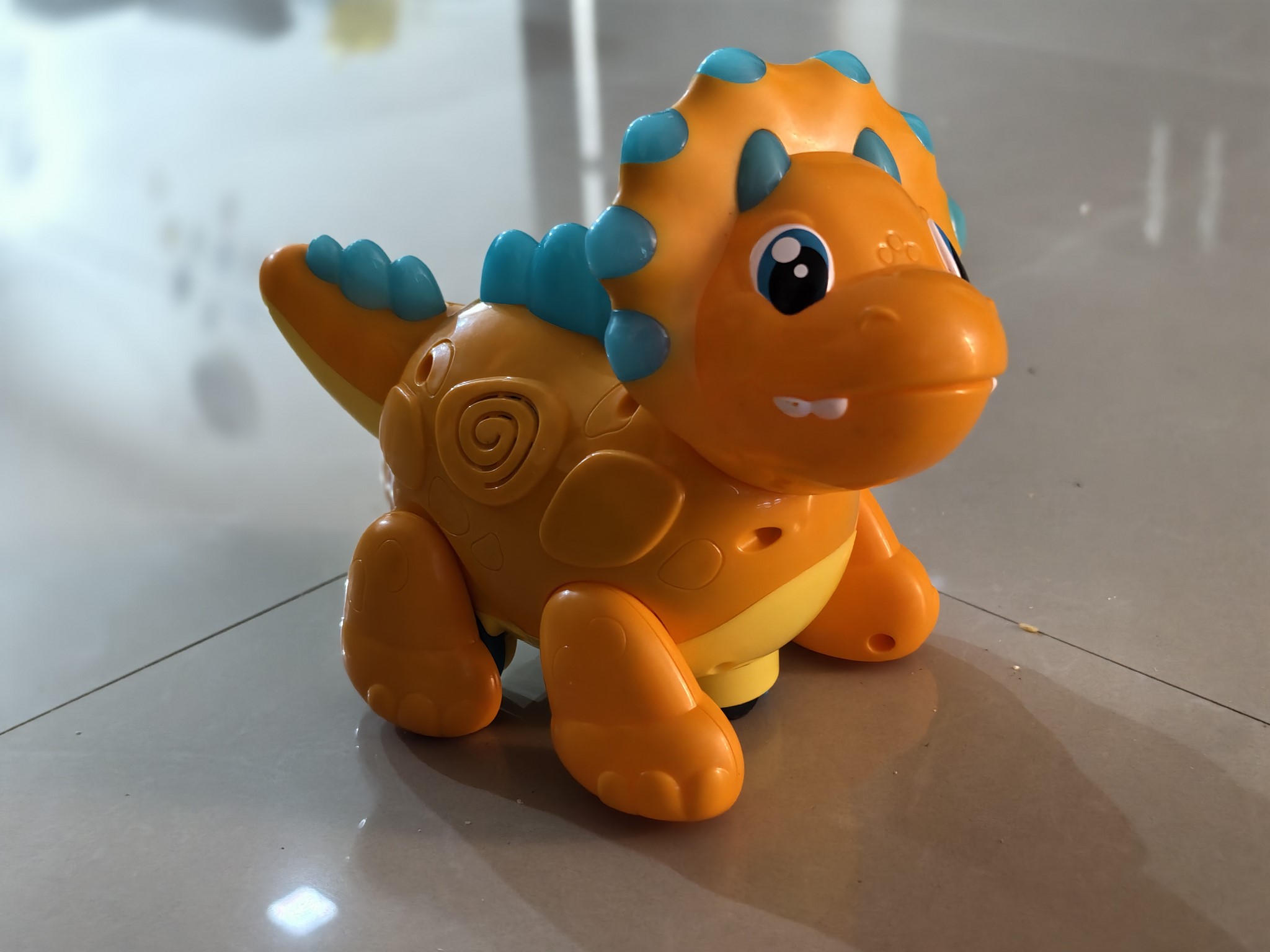

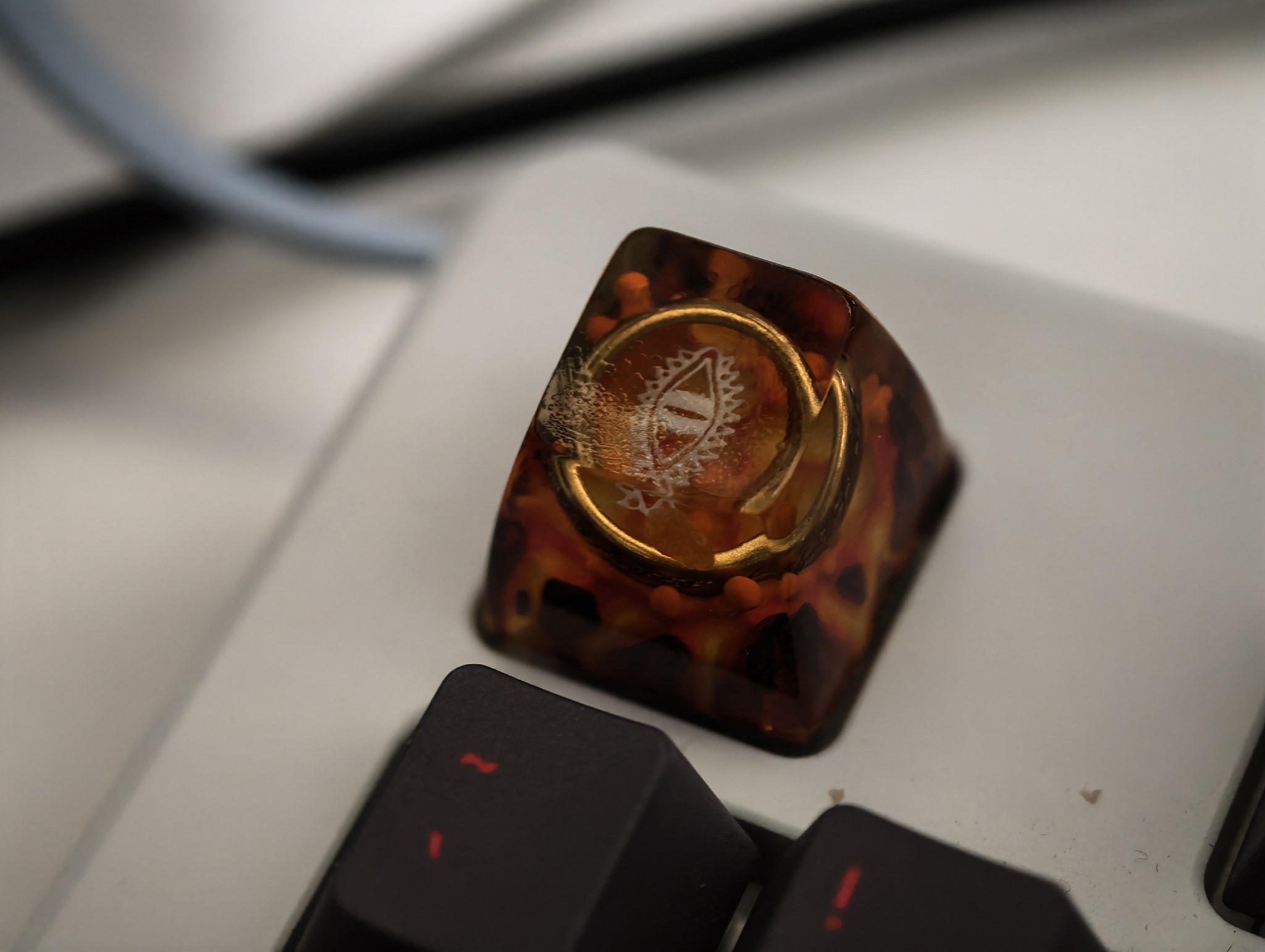
The main camera shoots at a 35mm focal length now, with the wide-angle lens at 14mm, and the telephoto hitting 85mm. The phone has the best wide-angle lens of any device I used, and Vivo deserves credit for using the same module as the main camera — it makes a noticeable difference. Predictably, the wide-angle lens takes photos of the same caliber as the main camera, and that's just great to see.
The 50MP main lens is the best around, and it overshadows anything that Google, Samsung, and Xiaomi have to offer. I'll do a dedicated camera review of the device with the external lens, but the gist of it is that the main camera has better dynamic range and color vibrancy than the 1-inch main sensor on the X100 Ultra, and that is an achievement in and of itself. It delivers incredible shots in challenging situations, and even with little to no visible light, it produced images with plenty of detail and clarity.
What I like the most about the phone is its portrait shots; Vivo has proven over the last year that it knows how to deliver stunning portrait photos, and the X200 Ultra continues this trend. The phone takes shots with excellent detail and faultless background segmentation, and this is a key reason why I continue to prefer Vivo's phones over OPPO and Xiaomi.

In a similar vein, the 200MP telephoto is nothing short of extraordinary. The HP9 module is the best available today, and Vivo once again put it to great use, delivering crystal-clear shots at 3.7x and beyond. I was able to get usable shots at up to 30x, and it remains the best tele lens of any flagship you can buy today. Like last year, it doubles as a macro shooter, and you get decent detail in this mode.
Overall, the X200 Ultra is the best camera I used yet; it does a better job than last year's X100 Ultra, and there isn't any other phone that's able to measure up to it.
Vivo X200 Ultra: Software
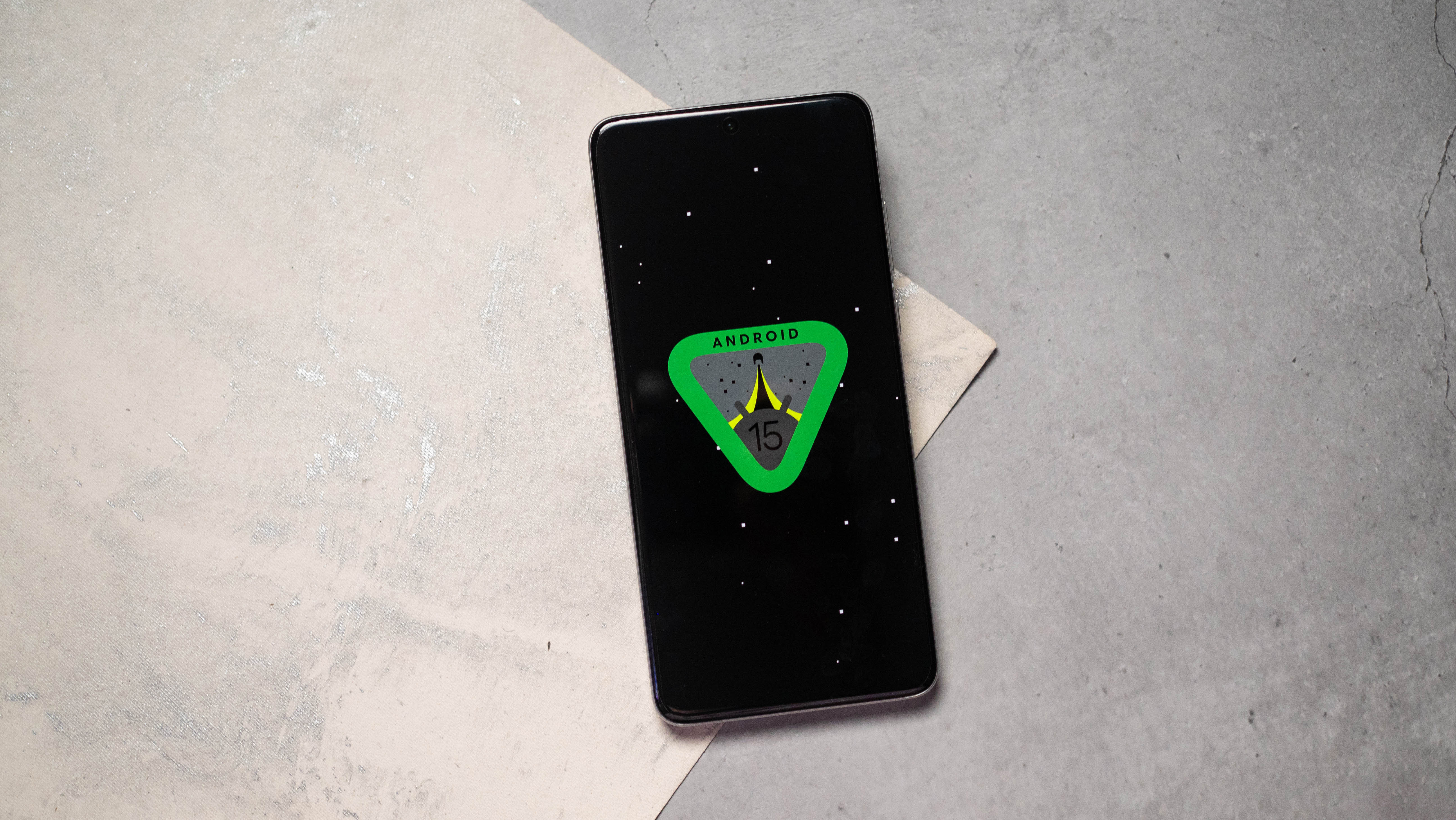
Similar to other Vivo phones in China, you get OriginOS 5 instead of Funtouch OS 15 that is standard on global models. I like what Vivo is doing with OriginOS; the interface is fluid, and you get extensive customizability with exclusive features that aren't available in the global build.
Using a phone with a China-focused build isn't anywhere as limiting as it used to be just a few years ago; you can easily install the Play Store from Vivo's app store, and once that's done, you can sign in to your Google account (you'll need to go into settings to enable basic Google services), and then set up the phone as you would any other device.
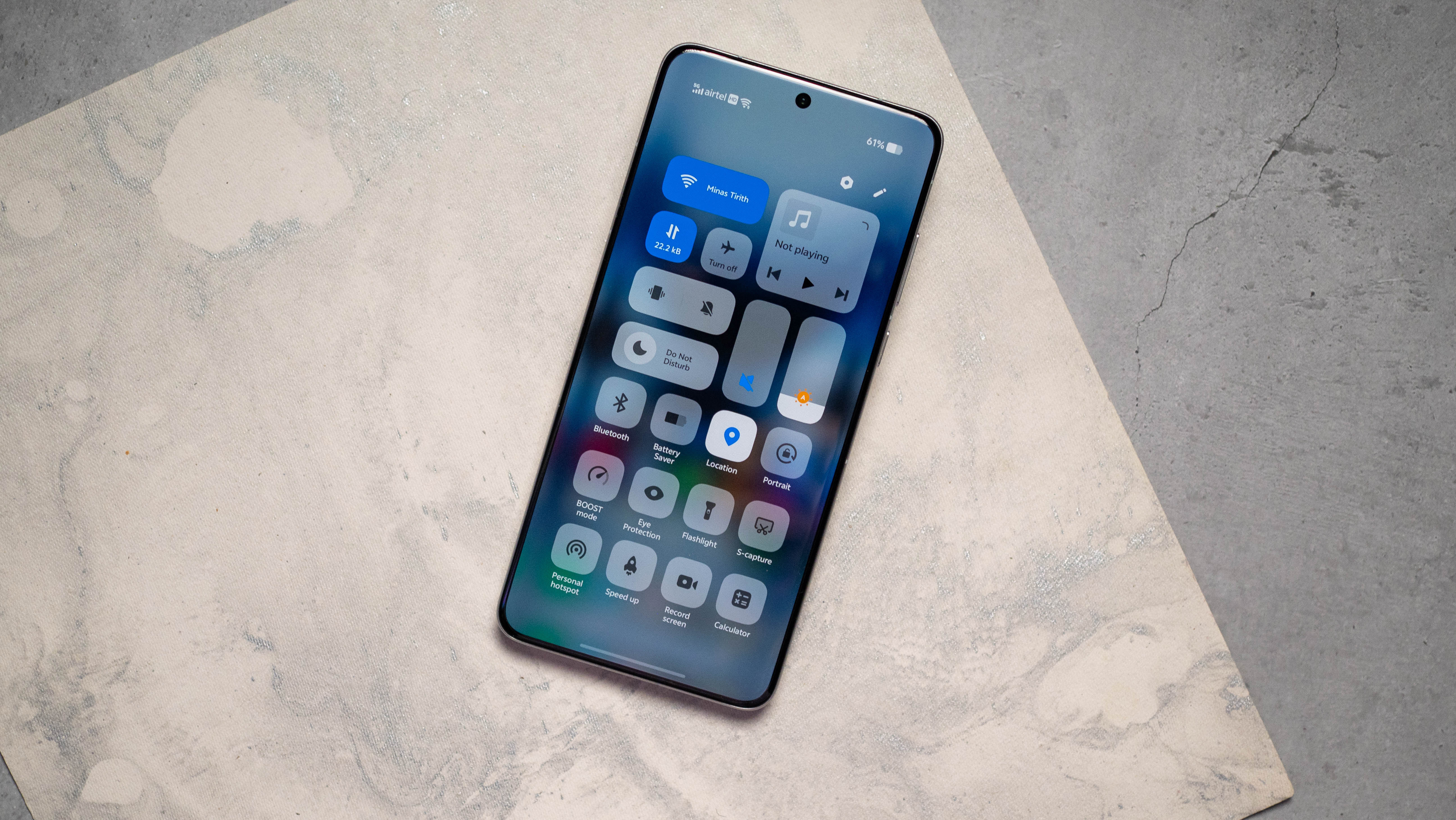
I didn't see any issues with Google Pay or my usual banking utilities, and for the most part, it was just as seamless as using the global X200 Pro. However, there are two limitations: push notifications from WhatsApp and Gmail continue to be hit-and-miss, and in the case of WhatsApp, that included calls. Even if you disable battery optimization (which is enabled as standard), it doesn't make much of a difference.
I wasn't able to set up the Pixel Watch 3 with the phone — it just wouldn't connect to the smartwatch, and the app crashed constantly. So if you need to use a Wear OS smartwatch, know that you can't pair it with the device. Outside of these issues, there are no problems with using the X200 Ultra as a daily driver.
When it comes to updates, the X200 Ultra will receive four Android OS updates alongside six years of security updates, and while that is on the lower end of the scale, it is what Vivo guarantees on all of its devices. I would have liked to see at least five years of updates, but that isn't the case.
Vivo X200 Ultra: The alternatives
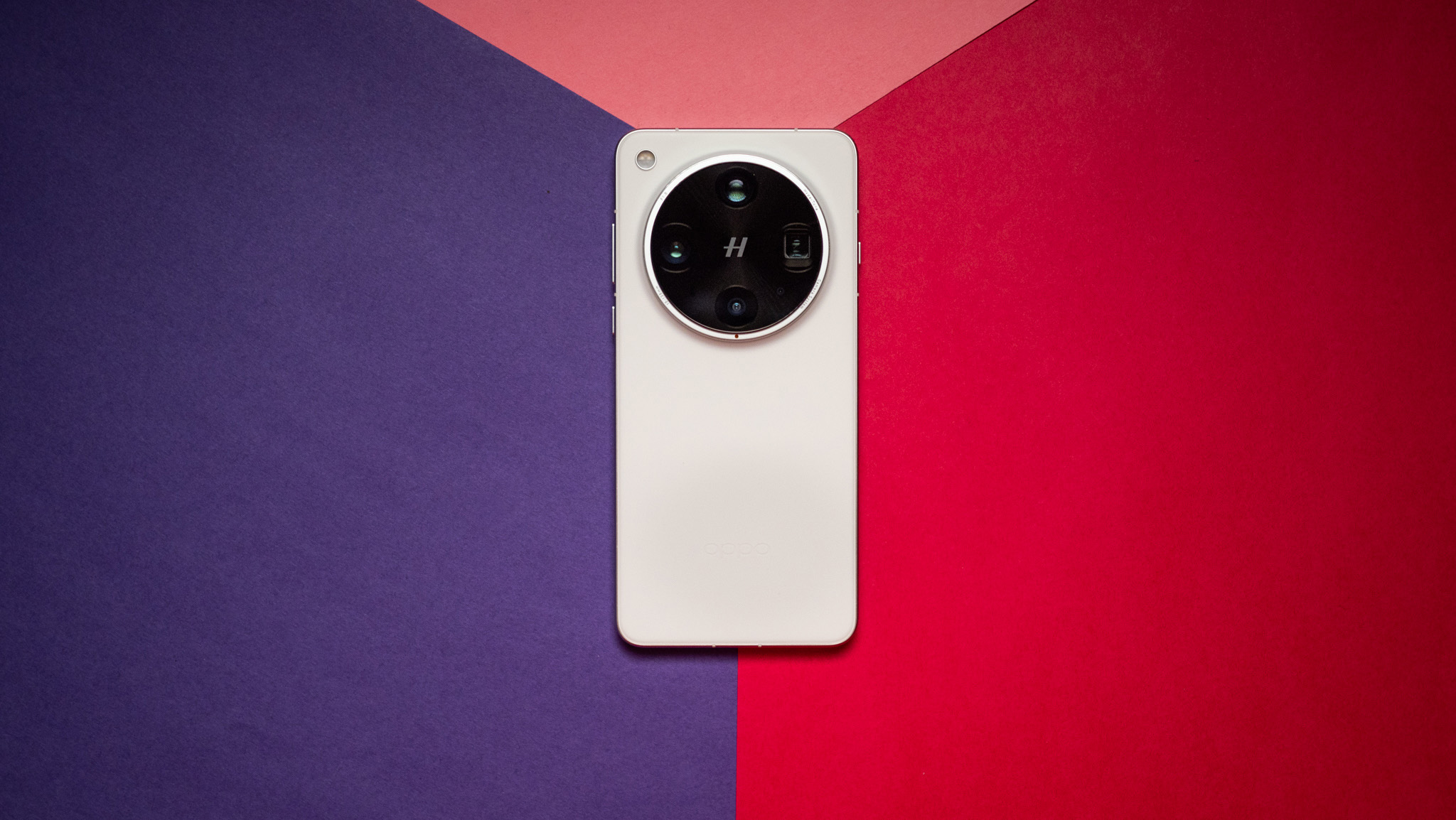
Chinese manufacturers are doing a good job with their Ultra models, and the Xiaomi 15 Ultra has better cameras than last year and a design that's easier to hold and use. While it doesn't quite measure up to the X200 Ultra — I still prefer Vivo's camera tuning and auxiliary lenses — the Xiaomi 15 Ultra is sold globally, and doesn't cost as much as the X200 Ultra, making it a decent alternative.
The Find X8 Ultra is the closest rival to the X200 Ultra, delivering a similar caliber of cameras and all the other extras. Like the X200 Ultra, the Find X8 Ultra is limited to China and isn't launching in other regions, so it is just as difficult to get a hold of if you're outside the country. Out of the two, I'd get the X200 Ultra; Vivo's software continues to be better, and the design is cleaner.
Vivo X200 Ultra: Should you buy it?
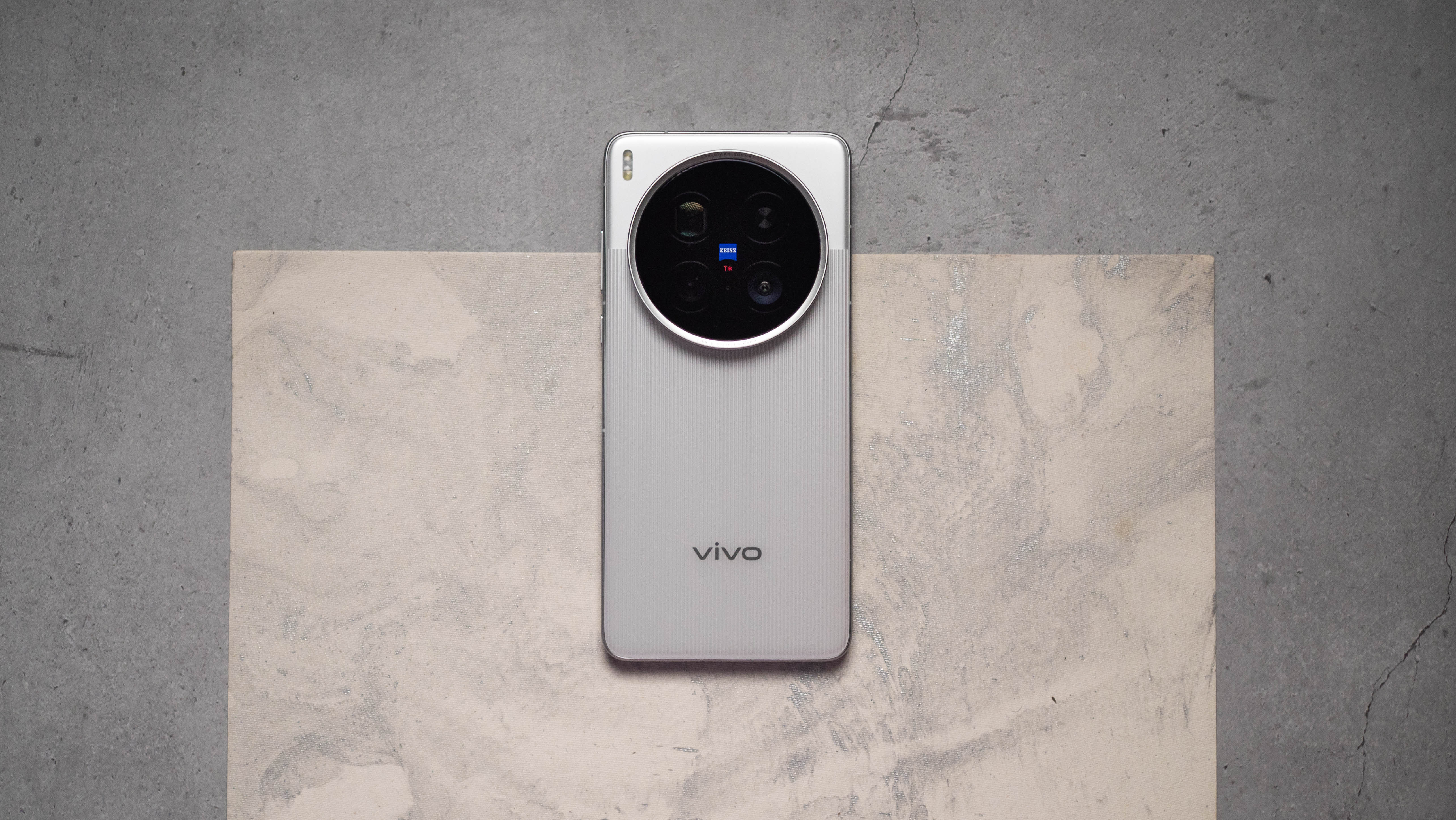
You should buy this if:
- You need the best cameras
- You want a phone with versatile lenses
- You want a bright AMOLED with useful customizability
- You need reliable battery life
You shouldn't buy this if:
- You need global warranty
- You want hassle-free software
Vivo once again managed to deliver the best camera phone of the year, and the X200 Ultra doesn't have any notable shortcomings. Yes, the software is a little annoying to use at times as it doesn't have Google services integrated out of the box, and push notifications have intermittent issues.
However, the rest of the device is outstanding. It has the best AMOLED panel, the best internals, among the best battery life of any phone, and the best cameras available today. I really like what Vivo is doing with its camera tuning and sensor selection, and the brand has consistently proven over the last year and a half that it can not only measure up to its immediate rivals, but also beat any device handily.
Basically, the X200 Ultra is the best phone I used this year. Even though it isn't sold outside China, I recommend going the reseller route if you're interested in upgrading to a phone with the most versatile camera package you can buy today.
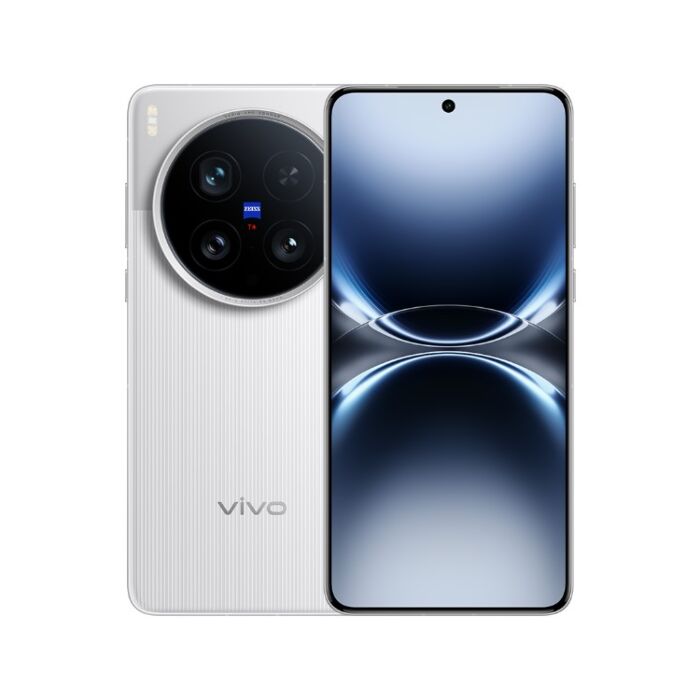
With outstanding cameras that take the best photos and videos of any phone today, the X200 Ultra easily differentiates itself from its main rivals. The rest of the device is just as good, and if you want the absolute best, you'll need to get your hands on this phone.

Harish Jonnalagadda is Android Central's Senior Editor overseeing mobile coverage. In his current role, he leads the site's coverage of Chinese phone brands, networking products, and AV gear. He has been testing phones for over a decade, and has extensive experience in mobile hardware and the global semiconductor industry. Contact him on Twitter at @chunkynerd.
You must confirm your public display name before commenting
Please logout and then login again, you will then be prompted to enter your display name.


